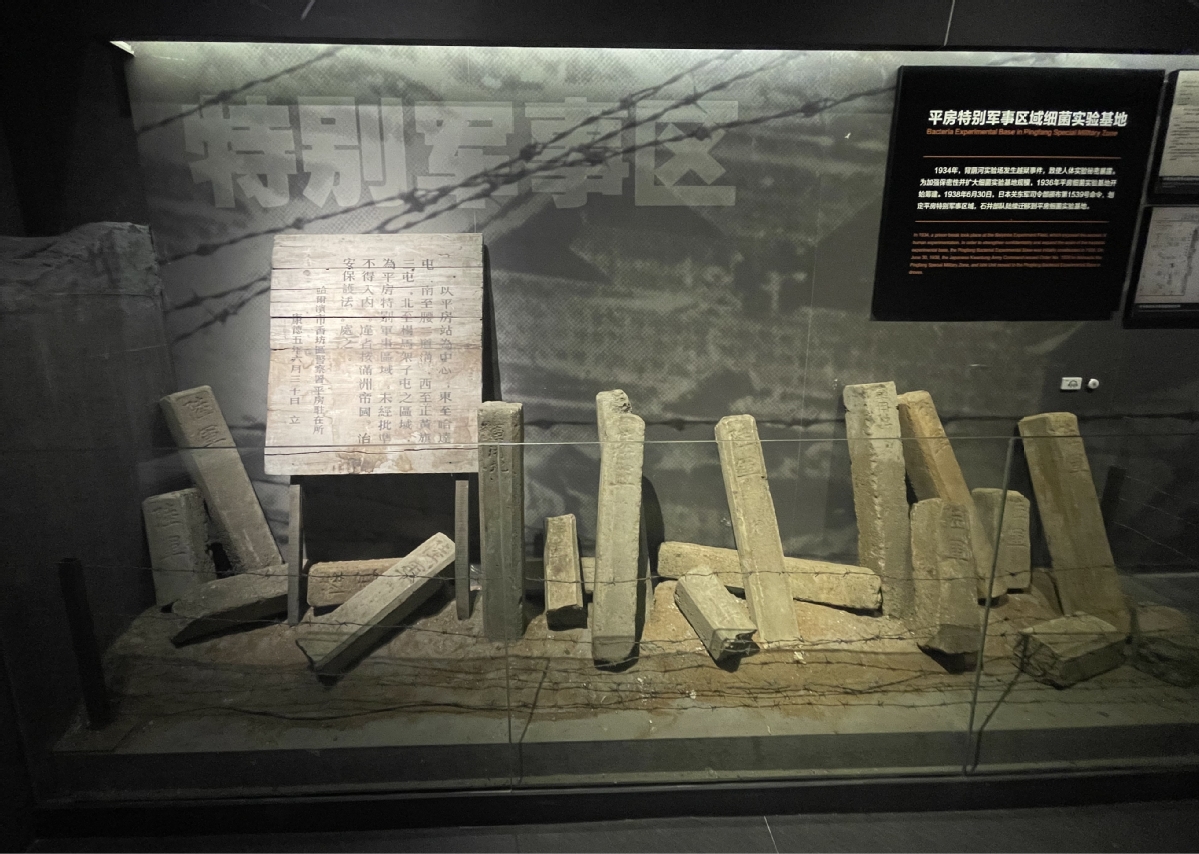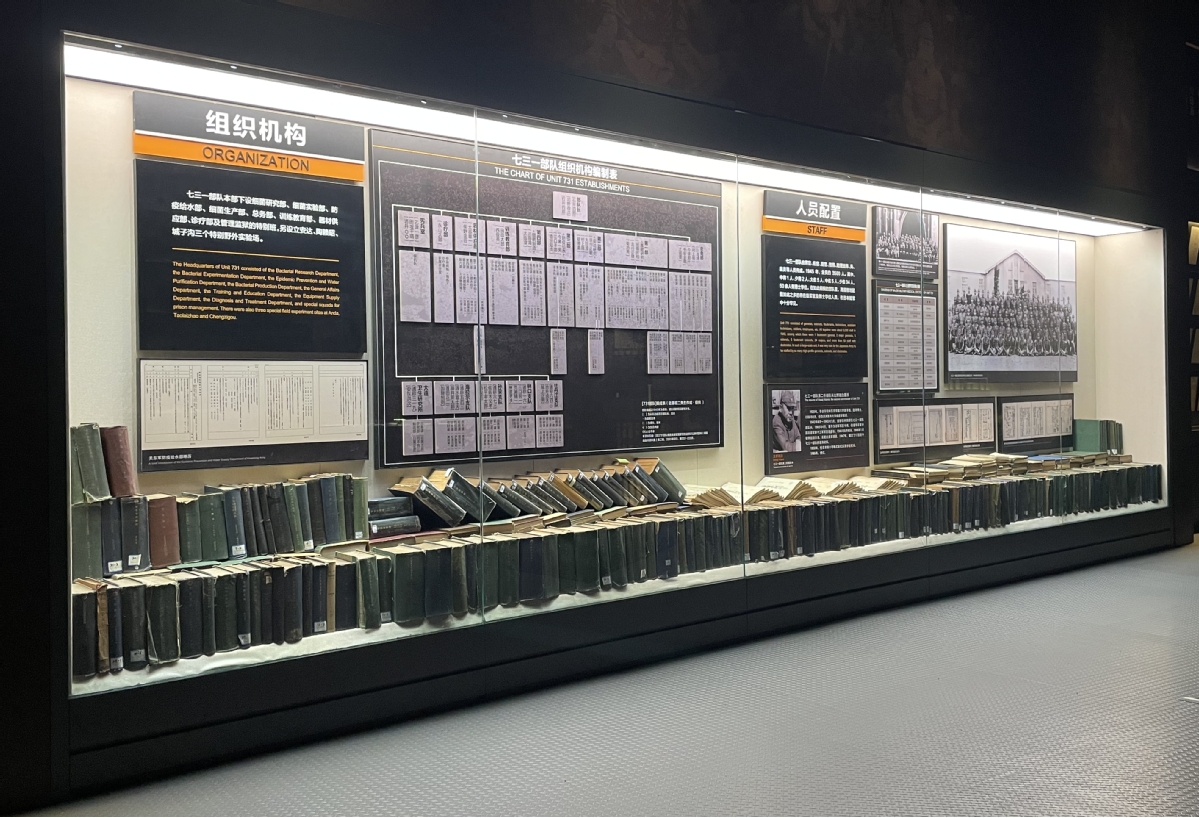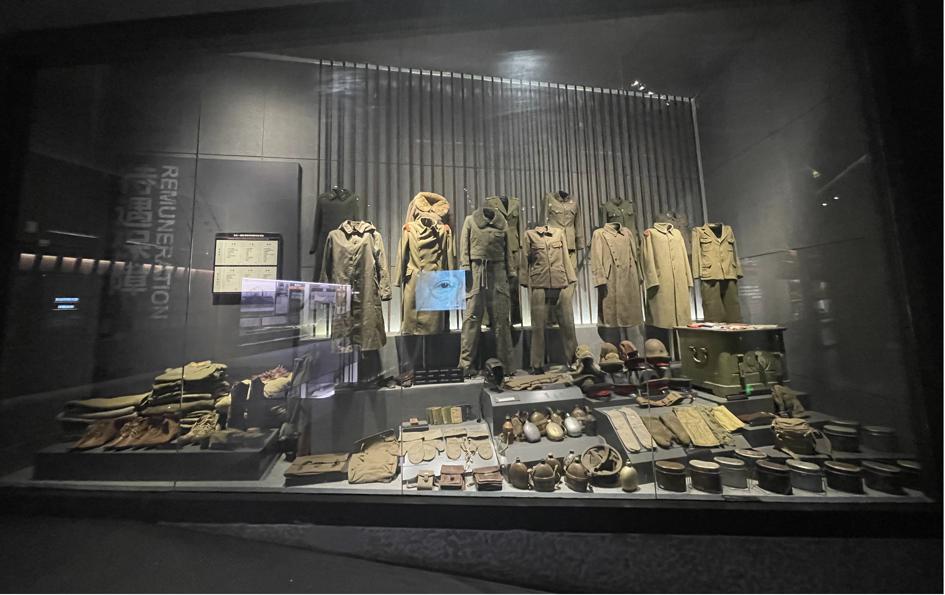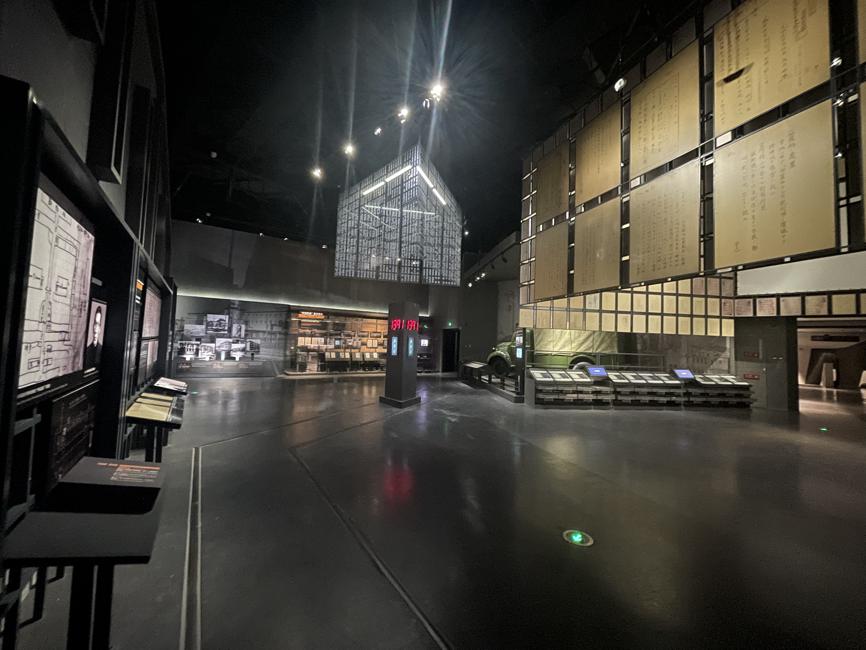New evidence shows war atrocities by Japanese army
By Zhou Huiying | chinadaily.com.cn | Updated: 2022-12-13 16:58

The Museum of Evidence of War Crimes by Japanese Army Unit 731 in Harbin, Heilongjiang province, recently finished its 70-day display project and released new evidence on Tuesday of atrocities committed during the War of Resistance Against Japanese Aggression (1931-45).
New evidence of human experimentation and crimes involving biochemical weapons by Japan, including 2,862 artifacts, 23,000 pages of files, 810 minutes of video of former members of Unit 731 and 5,980 other items and books on the war were exhibited recently at the museum.
Most of the new material, including a file recording detailed information about the members of the notorious Unit 731 of the Imperial Japanese Army, are being shown in public for the first time.
"The files recorded information such as the names, places of origin, branch of service and ranks of all its 3,497 members," Jin Chengmin, curator of the museum, told Xinhua News Agency. "The new findings provide firsthand data support for research on the basic historical facts."
The 10,000-square-meter museum is divided into six exhibition rooms. It is devoted to examining the top-secret biological and chemical warfare research base that was established by Japan in Harbin in 1935 and served as the center of the invaders' biological warfare in China and Southeast Asia.
During World War II, Unit 731 conducted experiments on people to test germ-releasing bombs and chemical weapons, among other atrocities.

Many civilians and prisoners of war from China, the Soviet Union, the Korean Peninsula and Mongolia perished at the hands of Japanese scientists. Some of them were children.
At least 3,000 people were used for human experimentation by Unit 731, and more than 300,000 people across China were killed by Japan's biological weapons.

























